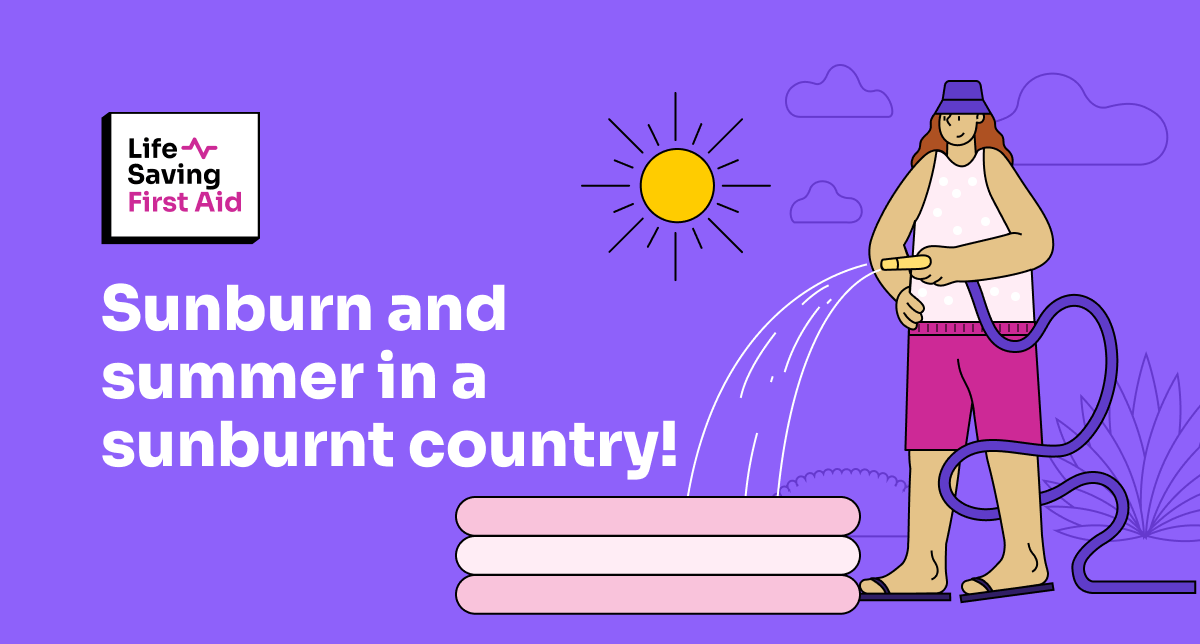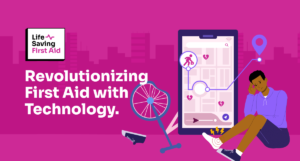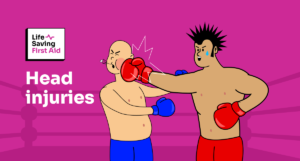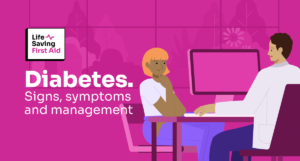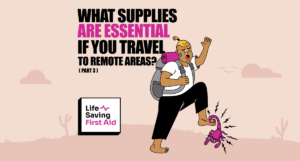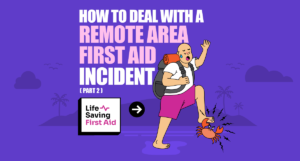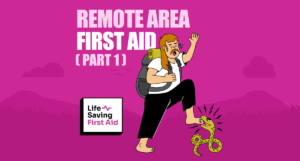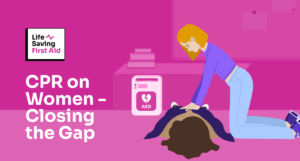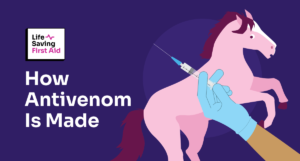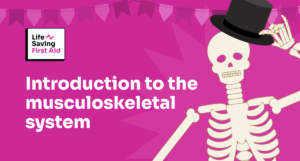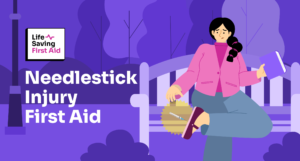Introduction
We all know how hot and dry this time of year can be in most of Australia. Summer, combined with daylight saving – in some states, means outdoor activities, longer exposure to the hot Australian sun, and sunburn, skin cancer, and even heatstroke
Summer is a time for fun and relaxation, but it’s important to take precautions to stay safe.
Australians love to get out and about – any time of the year. But we all need to recognise that all seasons bring with them their own risks to our health and safety. / ( just check out our “Wintertime” Blogs ).
The Australian sun is renowned for its fierceness. Ask any English tourist who has gone shirtless for a day on an Australian beach during summer – OUCH!
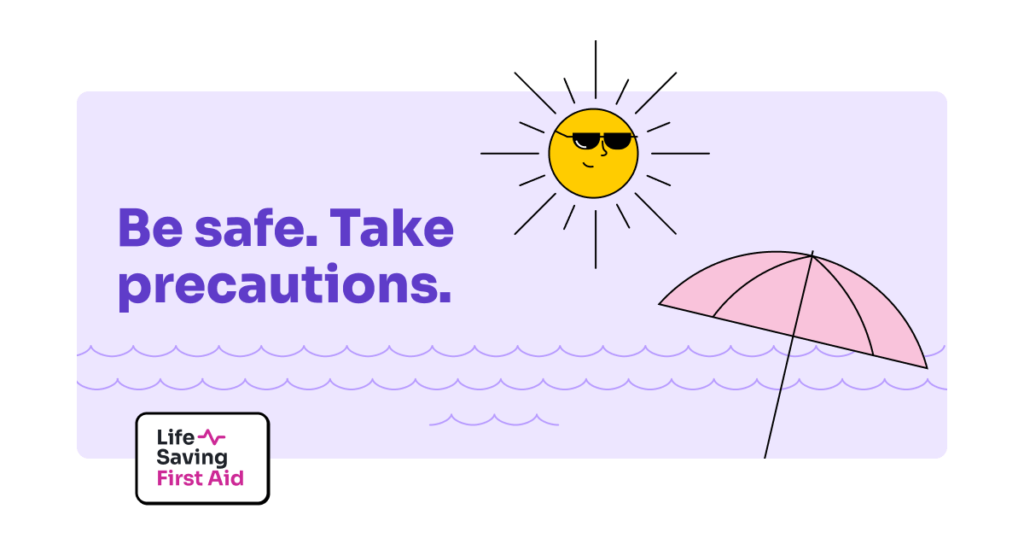
Ultraviolet Radiation and sunburn
Sunburn is caused by overexposure to sun’s ultraviolet (UV) radiation. The UV rays penetrate the skin, leading to inflammation and redness.
There are three types of UV radiation, and these are categorised by their wavelength.
They are:
- UVA – can cause sunburn, DNA (cell) damage in the skin and skin cancer.
- UVB causes skin damage and skin cancer. Ozone stops approximately 85% of UVB from reaching the earth’s surface.
- UVC is the most dangerous type of UV however, ozone in the atmosphere absorbs all UVC and it does not reach the earth’s surface.
The UV Index
What is the UV Index?
As UV varies by location and time of day, the UV index helps you by providing warnings about UV levels. You can act on these warnings and take measures to protect yourself.
The UV Index divides UV radiation levels into five categories:
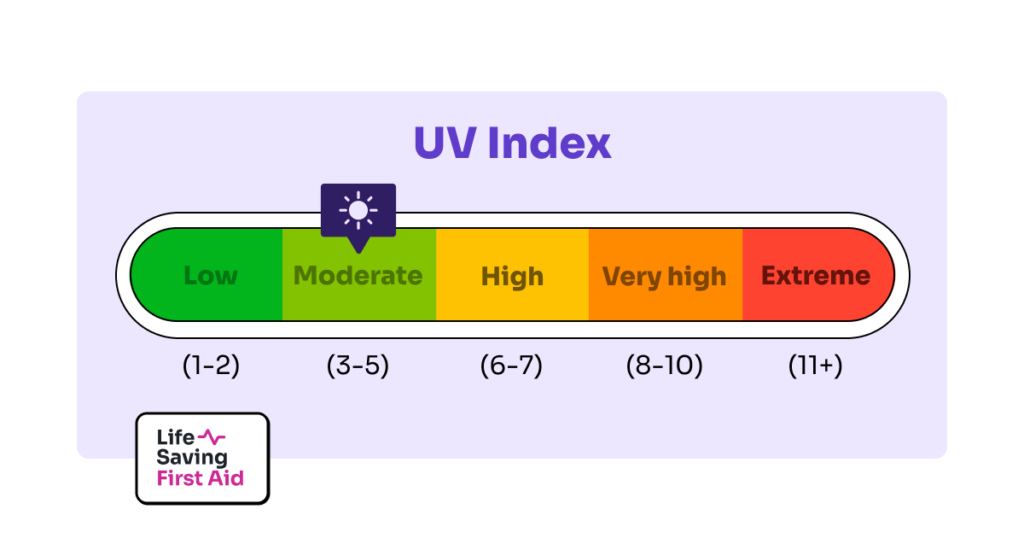
The UV Index is measured in locations around Australia by The Australian Radiation Protection And Nuclear Safety Agency (ARPANSA). This real-time data is made available on a daily basis.
To check the UV levels for your capital city go to the ARPANSA website.
Warnings regarding sun protection times are issued by the Bureau of Meteorology when the UV Index is forecast to reach 3 or above.
Sunburn
When the UV Index is forecast to reach 3 or above it can damage your skin and lead to skin cancer. Sunburn is an indication that your skin has been affected by UV radiation
Sunburn can range from mild to severe, with symptoms including red, tender skin, pain, itching, and sometimes blistering.
To prevent sunburn, protect your skin from the sun’s rays by wearing protective clothing, such as long-sleeved shirts and pants, as well as hats and sunglasses.
Use sunscreen with an SPF of at least 30, and reapply it every two hours, or after swimming or sweating.
Continued exposure to UV at level 3 or above can damage the DNA in skin cells and, if not repaired by the body repeatedly over time, abnormal cells may develop, leading to cancer.
In severe cases, sunburn can lead to fever, dehydration, and even Melanoma.
If you do suffer from sunburn it’s important to take steps to cool down and, for severe sunburn, seek medical attention if necessary.
For sunburn, you can apply aloe vera gel or lotion to the affected area to soothe the skin and reduce inflammation. You can also take over-the-counter pain relievers, to alleviate pain and inflammation.
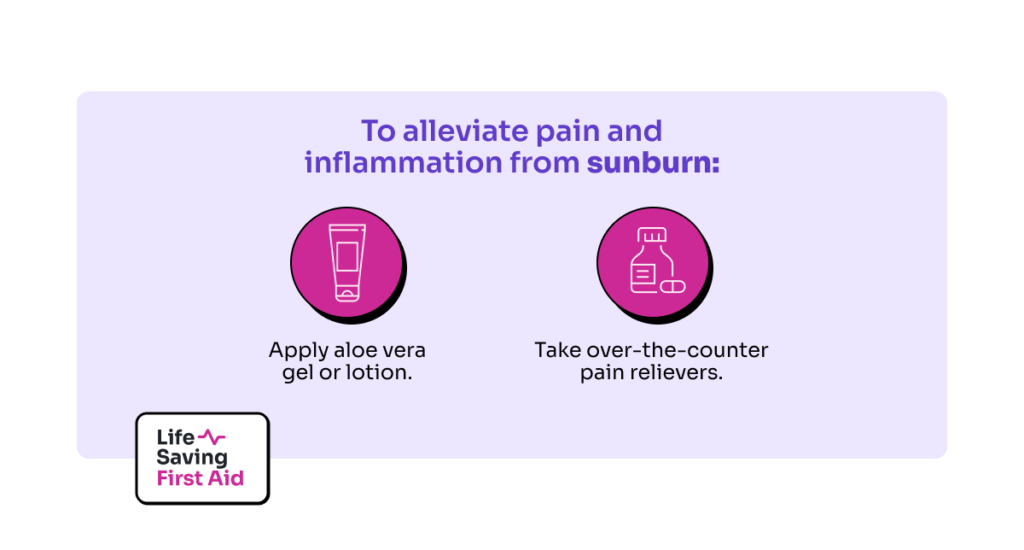
Skin cancer and Melanoma
According to Better Health:
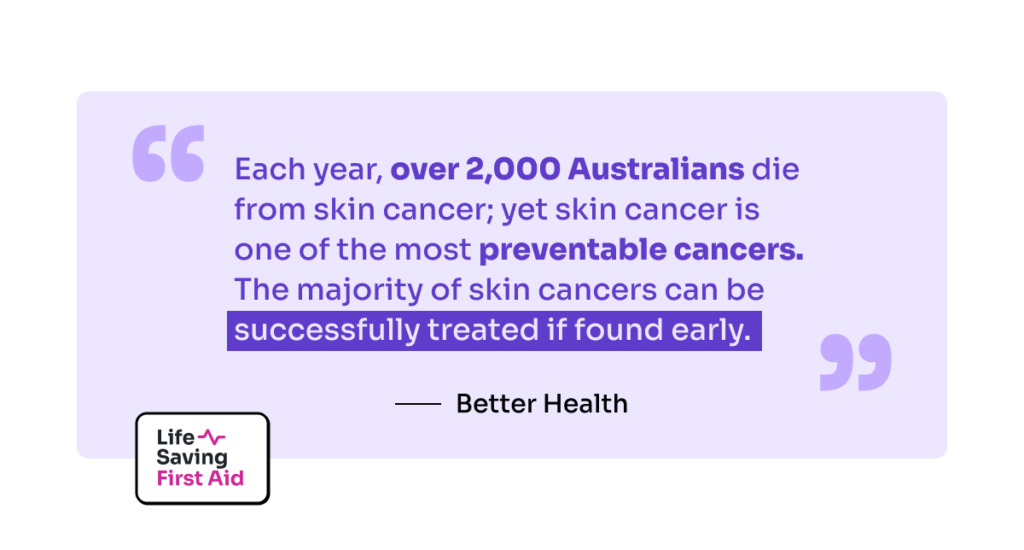
There are three main types of skin cancer, and they are:
- Melanoma
- Basal Cell Carcinoma
- Squamous cell carcinoma
Watch this space for our blog on Skin Cancer where we will cover skin cancer in greater detail.
For now, remember that you can easily protect yourself from sun damage by
- staying in the shade
- using a combination of sun protection measures such as a broad-brimmed hat, long-sleeved shirts, and sunscreen.
- and if practical, sunglasses.
Don’t just wait for hot and sunny days to use sun protection as UV and sunburn can still reach damaging levels, even on cool, cloudy days.
The Cancer Council provides a free “Sunsafe App” so you can check the UV Index anytime.
Heatstroke
Along with sunburn, another summer health hazard to be aware of is heat stroke.
Heat-related illness occurs when the body becomes dehydrated and is unable to cool itself enough to maintain a healthy temperature. This can lead to heatstroke.
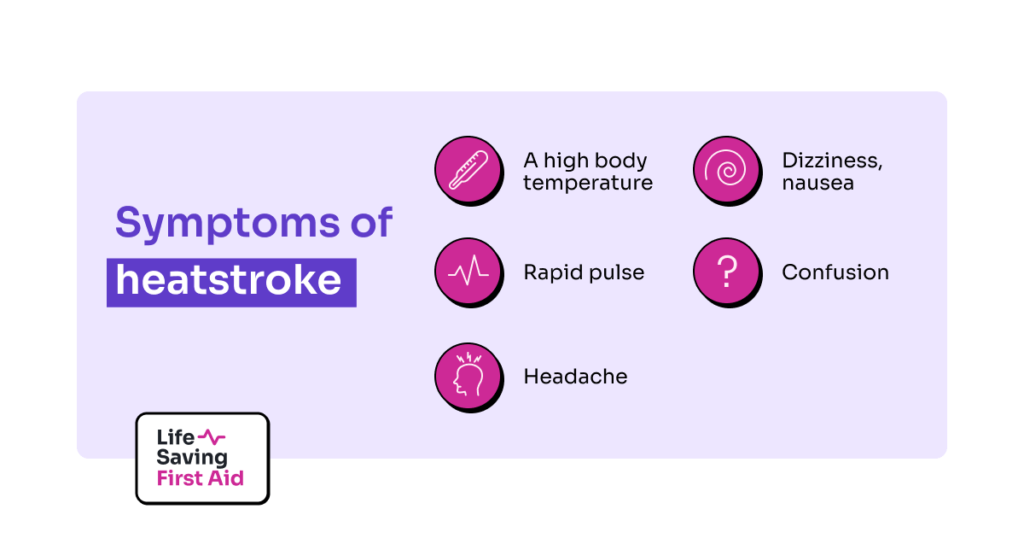
The skin is dry with no sweating and the person’s mental condition worsens. They may stagger, appear confused, fit, collapse, and become unconscious.
If left untreated, heat stroke can be life-threatening.
To prevent heat stroke, it’s important to stay hydrated by drinking plenty of water. Other fluids, such as sports drinks or coconut water can also prevent dehydration.
Try to avoid strenuous activity during the hottest part of the day and take frequent breaks in the shade or indoors.
For heat stroke, you need to cool down as quickly as possible by getting into the shade or indoors and removing excess clothing. You can also soak your clothing in cool water or place a cool, damp cloth on your skin.
Drinking water or other fluids can also help to reduce body temperature and seek medical attention if necessary.
Conclusion
As Dorathea Mackellar superbly points out in her poem “ My Country”, Australia IS a sunburnt country, a wide brown land – just take a trip to the red centre and see for yourself.
All who live, or visit, here are subjected to Australia’s relentless sun and “Pitiless blue sky”.
Yes, summer is a time for fun and relaxation, but remember, it’s important to take precautions to protect yourself and your family when out and about in the sun.
Well, that’s that. Until next time….. Stay safe.
Adrian
